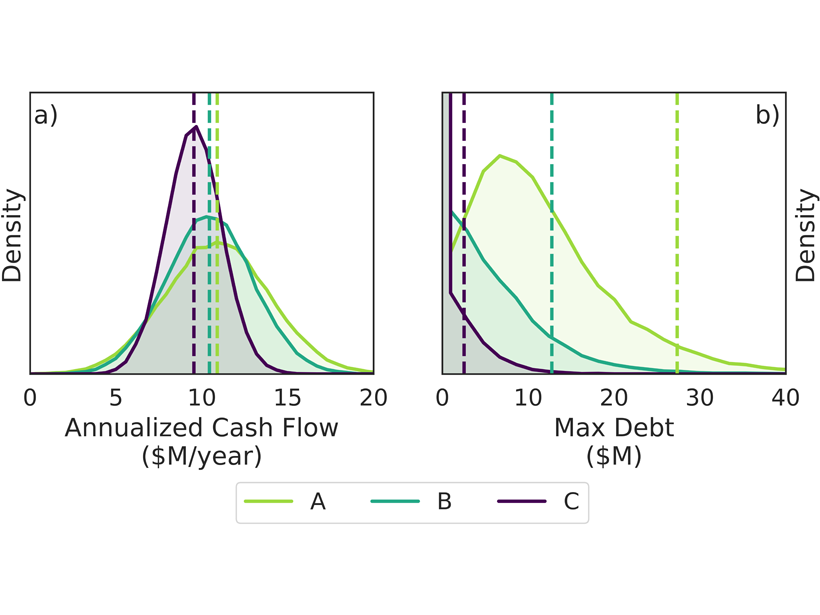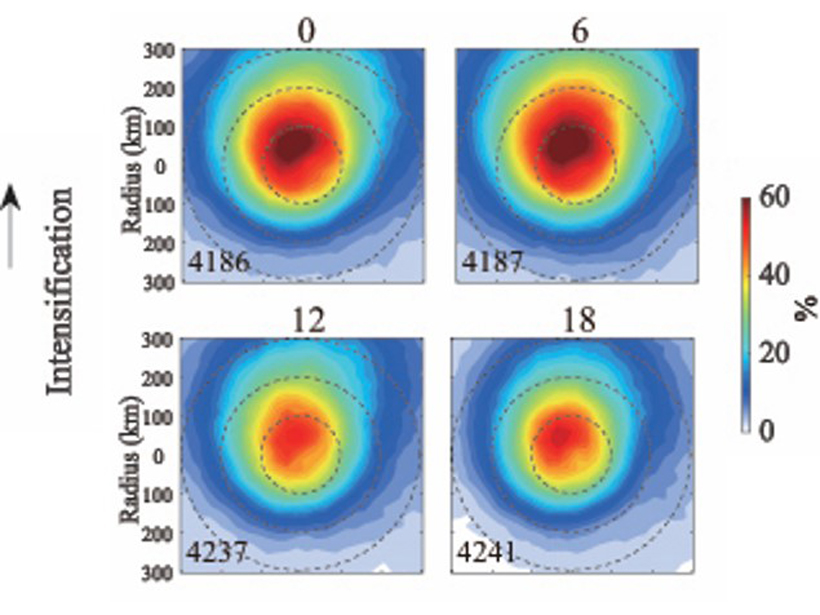Transient long-term changes in the strength of the Indonesian Throughflow are unexpectedly linked to circulation changes in the remote high-latitude North Atlantic.
Editors’ Highlights
Martian Dust Activities Induce Electrochemistry
Amorphous materials generated from sulfur and chloride salts by electrostatic discharge in a Mars chamber suggest widespread electrical processes during dust activities.
What Happened When the Lithosphere of Venus Broke?
Although Venus does not have plate tectonics today, previous episodes of intense tectonic activity could have resulted in a distribution of crustal thickness and age resembling the plate we see today.
The Cosmic Timeline of Heliophysics
Thom Moore began his career after the start of the space age. This is the story of how he converted his interests in evolution, philosophy, and psychology and writing into the study of heliophysics.
Predicting the Unique Shape of Craters on Asteroid (16) Psyche
Models link the variety of crater shapes expected on (16) Psyche with the interior structure of this unique asteroid, in preparation for the arrival of the Psyche probe in 2026.
A Smart Solution to Find Leaks in Water Distribution Networks
By systematically turning valves off and on in water distribution networks, researchers can locate pipe leaks, which could help to save huge quantities of drinking water.
Water Stress Controls the Capacity of the Terrestrial Carbon Sink
Despite increased photosynthetic activity at northern latitudes in recent decades, plant productivity in tropical zones suffers because of water limitations.
Stratospheric Weather Impacts Light Species at Great Heights
Sudden stratospheric warmings in the high latitude wintertime can drive changes in light species (H, He and O) all the way though the thermosphere, likely influencing ion densities in the exosphere.
How to Hedge the Risk of Reduced Snowpack for Hydropower
A new index insurance contract – a financial product innovation seeking to cope with climatic variability – could help hydropower operators to manage climate risks.
How Tropical Cyclones Increase in Intensity Overnight
The diurnal variations of tropical cyclone intensification and decay are analyzed using satellite data for deep convective clouds.

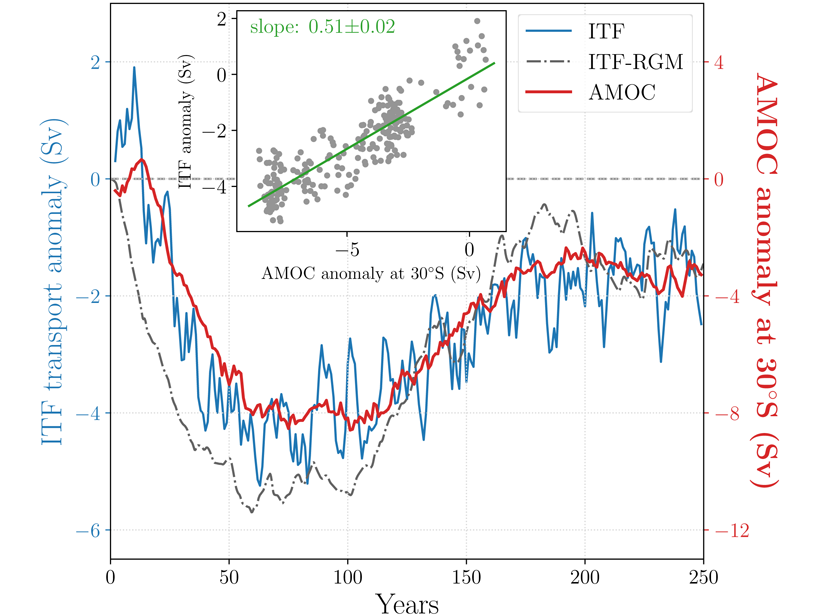
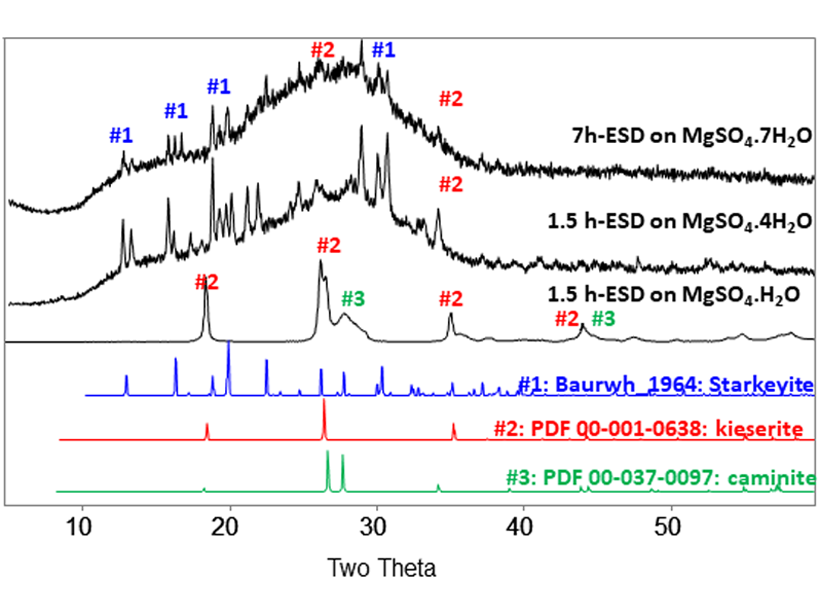

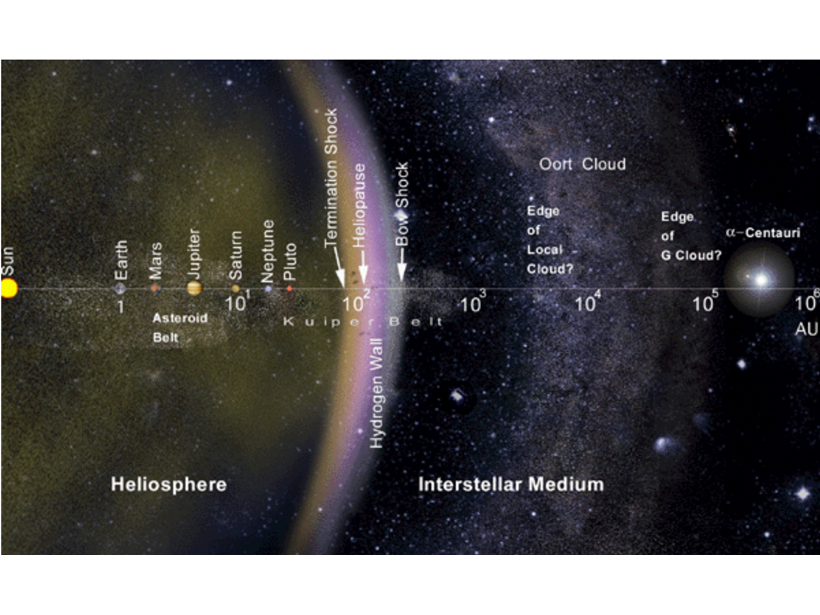
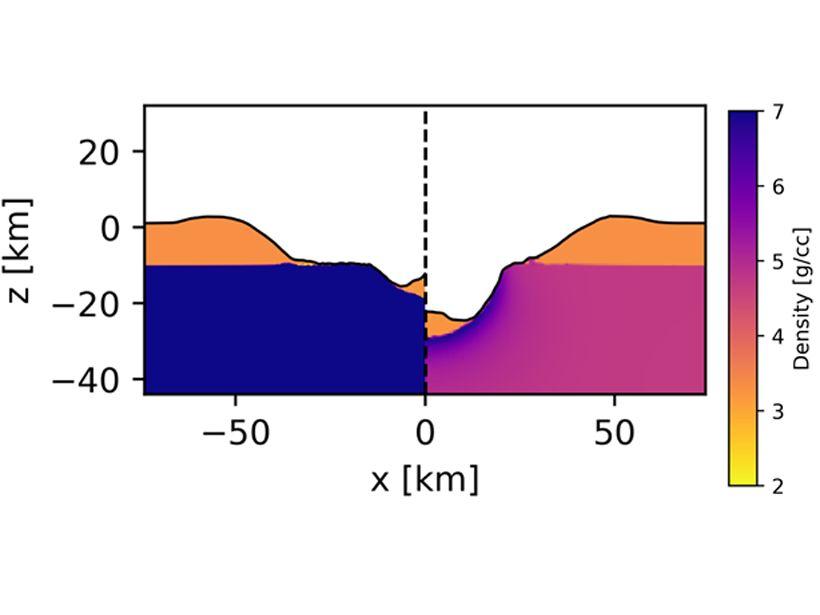
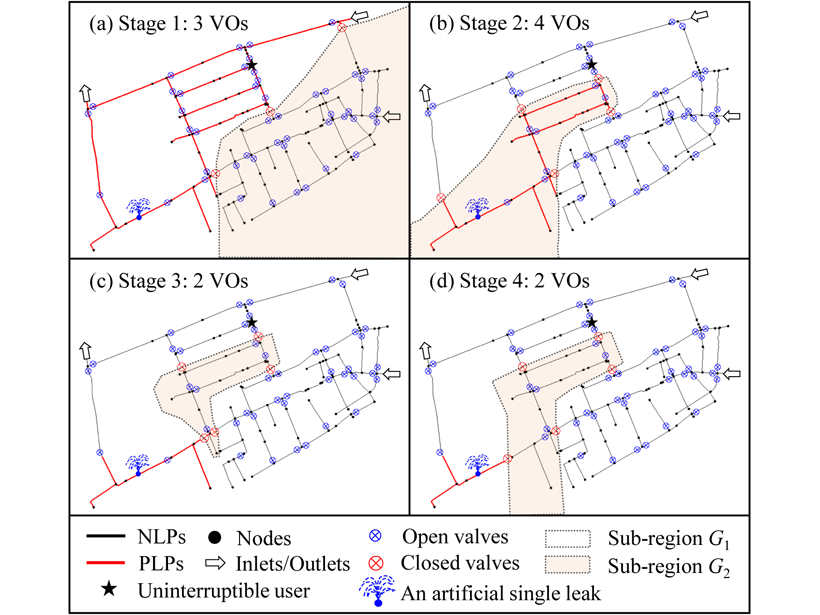
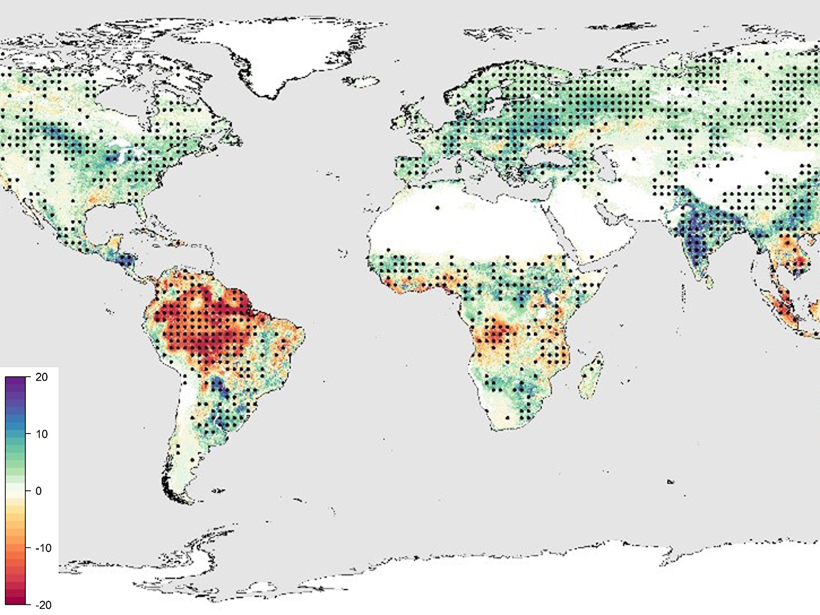
![Two plots showing percent changes in TIME-GCM zonally averaged [O+] and [H+] as a function of latitude and altitude in the Northern Hemisphere between the “disturbed” and “pre-disturbance” time periods in 2012–2013](https://eos.org/wp-content/uploads/2020/12/2020JA028331-Figure-12-top-row-with-legend-sized-for-Eos.png)
